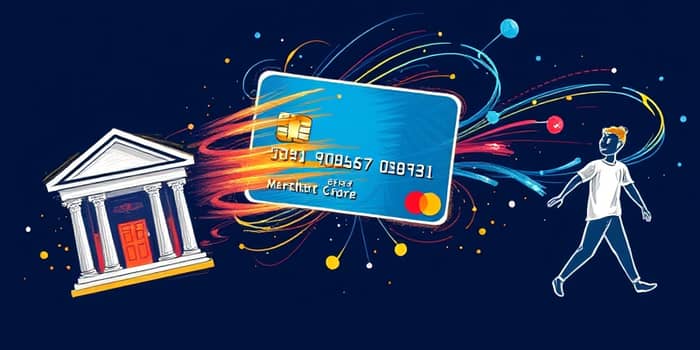
Chargebacks can be daunting for merchants and consumers alike. Understanding each phase of the dispute process empowers businesses to protect revenue and helps buyers safeguard against unauthorized transactions.
A chargeback is a reversal of funds after a transaction when a cardholder disputes a charge with their issuing bank. Originally designed to safeguard consumers from fraud, chargebacks ensure buyers aren’t liable for unauthorized or faulty purchases.
When a cardholder files a dispute, the issuing bank temporarily credits the transaction amount back to the consumer’s account. While this benefits cardholders, merchants face financial liabilities, fees, and potential account risk if disputes escalate.
Chargebacks arise for various reasons, each associated with a specific code defined by card networks like Visa or Mastercard. Common triggers include:
Understanding these causes helps merchants preempt disputes. For example, clear communication about shipping timelines can reduce non-receipt claims, while detailed product descriptions and images limit misrepresentation disputes.
Five main parties interact during a chargeback:
1. The cardholder initiates the dispute.
2. The issuing bank evaluates the claim.
3. The acquiring bank notifies the merchant.
4. The merchant responds or accepts the debit.
5. Card networks may arbitrate if unresolved.
Each participant follows strict timelines and regulations set by card networks to ensure fairness and maintain trust in the payment system.
1. Dispute Initiation
A cardholder contacts their issuing bank with reasons and supporting evidence. Many banks provide online portals or phone hotlines to file such claims.
2. Issuer Review and Provisional Credit
The bank verifies the dispute, checks compliance with network regulations, and often issues a provisional credit to the cardholder to reduce financial impact during the investigation.
3. Notification to Acquirer
Once validated, the issuing bank sends the dispute to the acquiring bank, debiting the merchant’s account for the disputed amount plus any associated fees.
4. Merchant Response (Representment)
Merchants can accept the chargeback or challenge it by submitting evidence such as delivery receipts, order confirmations, signed agreements, and communication records.
5. Issuer Decision
The issuing bank reviews the merchant’s documentation. If the evidence supports the merchant’s case, the provisional credit is reversed, returning funds to the merchant.
6. Arbitration
If the outcome is contested, either party may escalate to arbitration via the card network. This final stage incurs significant fees and yields a binding decision.
Chargebacks impose both direct and indirect costs. Typical fees range from $20 to $100 per dispute, even if the merchant prevails. Arbitration fees can exceed $650.
Beyond fees, merchants face hidden costs:
Maintaining a dispute rate below 0.9% of monthly transactions is crucial to avoid additional penalties or losing merchant account privileges.
Implementing these strategies fosters customer trust, reduces the likelihood of disputes, and strengthens a merchant’s ability to defend legitimate sales.
Chargebacks are essential for consumer protection but pose considerable challenges for merchants. By mastering each phase—from dispute initiation to potential arbitration—businesses can reduce losses and maintain healthy customer relationships.
Arming yourself with clear policies, comprehensive documentation, and proactive communication forms the best defense against unwarranted chargebacks. A deep understanding of this complex process empowers both merchants and cardholders to resolve disputes fairly and efficiently.
References













